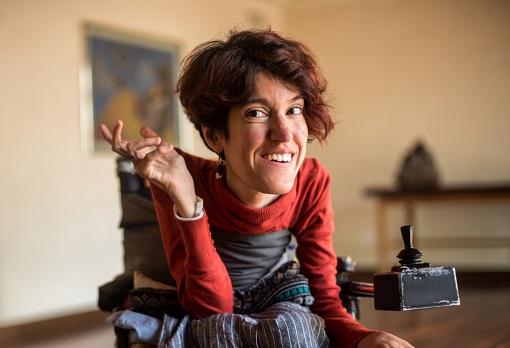
A new report looking at leaders with disability in the voluntary, community and social enterprise (VCSE) sector suggests that people with disabilities aren’t fully represented, supported or understood.
According to the Hidden Leaders: Disability leadership in civil society report by ACEVO, only 16% of leaders in civil society (the VCSE sector) identify as disabled, and only 5.6% of ACEVO members identify as disabled, however 15-25% of the UK population identifies as disabled. This indicates that people with disabilities are not truly represented or valued at a senior level in the VCSE sector.
The report involved interviews and desk research to build up a picture of the barriers to disability inclusion in the VCSE sector. Though voluntary organisations, charities and social enterprises are traditionally seen as caring and empathetic, the barriers identified suggest there are major problems disclosing disability to an employer due to stigma, and there is confusion about what can even be considered a disability.
So what is the definition? The Equality Act (2010) defines disability as: ‘a physical or mental impairment which has a substantial and long-term adverse effect on your ability to carry out normal day-to-day activities’.
The Hidden Leaders report calls for more visibility from leaders with disabilities, so that the sector can learn from them, and more confidence and capacity from the sector to include them.
Report authors Zara Todd and Ellie Munro highlighted widespread ‘discrimination and ableism’, and also the emotional labour forced upon those with visible impairments, who can be ‘put in a position of being the voice for the entire disabled workforce… they are expected by non-disabled leaders and colleagues to provide this role’.
What we can learn from the Hidden Leaders report and wider reading:
Do you want to work on your organisation’s diversity, equality and inclusion, and review what’s in place already? Our online training course, led by expert trainer Stephanie Champion, will be held on Tuesday 16 March.
Places are limited, so don’t wait to book.